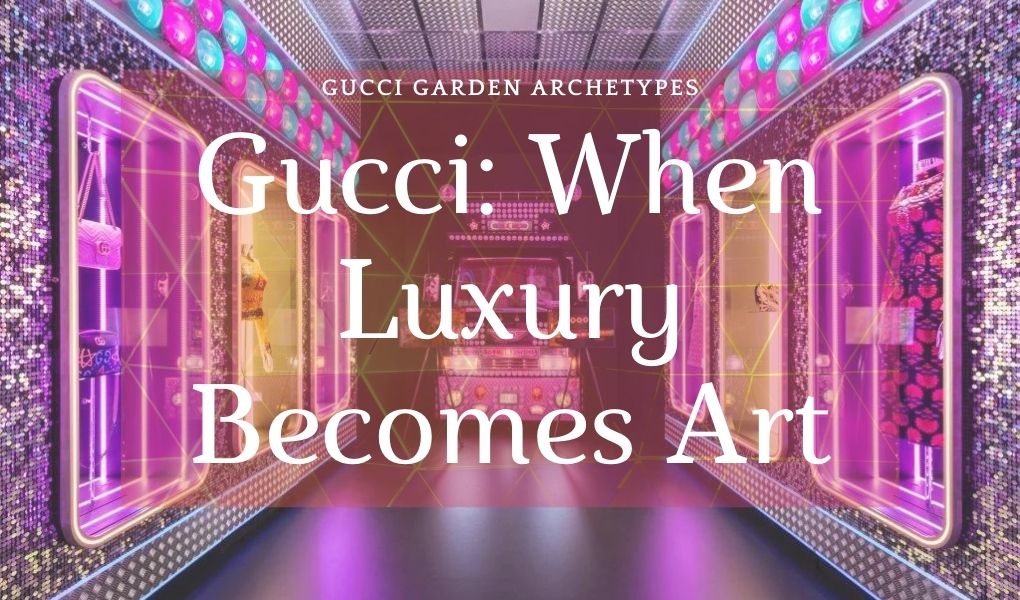Over the years, luxury brands have become symbols of refinement and elegance. With art being one of the oldest and immortal communication senses, it allows creators to express their feelings, thoughts, and observations, all combined to provide an actual meaning to the audience. As art evolves over time, many luxury brands have taken advantage of this long-lasting phenomenon by transforming their products into masterpieces of art. As one of the most promising markets for luxury brands in the world, China has become the hub of innovations as well as the place to be for art exhibitions.
With an increase in revenue, the Chinese population has more purchasing power than ever before and is now willing to pay more for luxury brands. However, in this competitive market, brands have to be creative and innovative in order to stand out in the Chinese luxury industry. In this article, we are going to focus on Gucci, with its art exhibition, and we will see as well how to take advantage of art to promote a brand.
Gucci in China: A Colossus in the Luxury Industry
The Luxury Industry in China
Following China’s rapid economic growth over the years, and the surge of e-commerce platforms, the Chinese luxury industry is one of the most lucrative and promising in the world. In fact, China is among the three biggest markets for luxury goods, along with the U.S and Japan, with US$38.1bn of revenues. Attracting thousands of foreign companies every year, China has become an eldorado for international luxury brands such as Gucci. Crossing boundaries has been beneficial, thanks to the rising purchasing power of Chinese consumers that are looking for the best products in terms of quality and renown.

Therefore, Chinese consumers are more than ever ready to spend thousands of dollars on luxury goods and that’s why every foreign brand wants to seize the opportunity of seducing Chinese tourists as well as Chinese consumers directly in China. As a matter of fact, China is the world’s second-largest cosmetics market after the U.S in terms of revenue and consumption value, with 300 billion yuan of revenues as of 2019. The market is expected to reach 400 billion yuan as of 2023. Thus, it represents one of the most promising and lucrative industries for the years to come, especially for foreign brands.
Being one of the most iconic and well-known luxury brands, Gucci operates all over the world, but as of 2020, 44% of its revenues were generated within the Asia-Pacific market, especially in China. However, you might wonder how Gucci was able to conquer the Chinese market and how it became one of the most reputable brands on Chinese online platforms?
Gucci’s Success Story
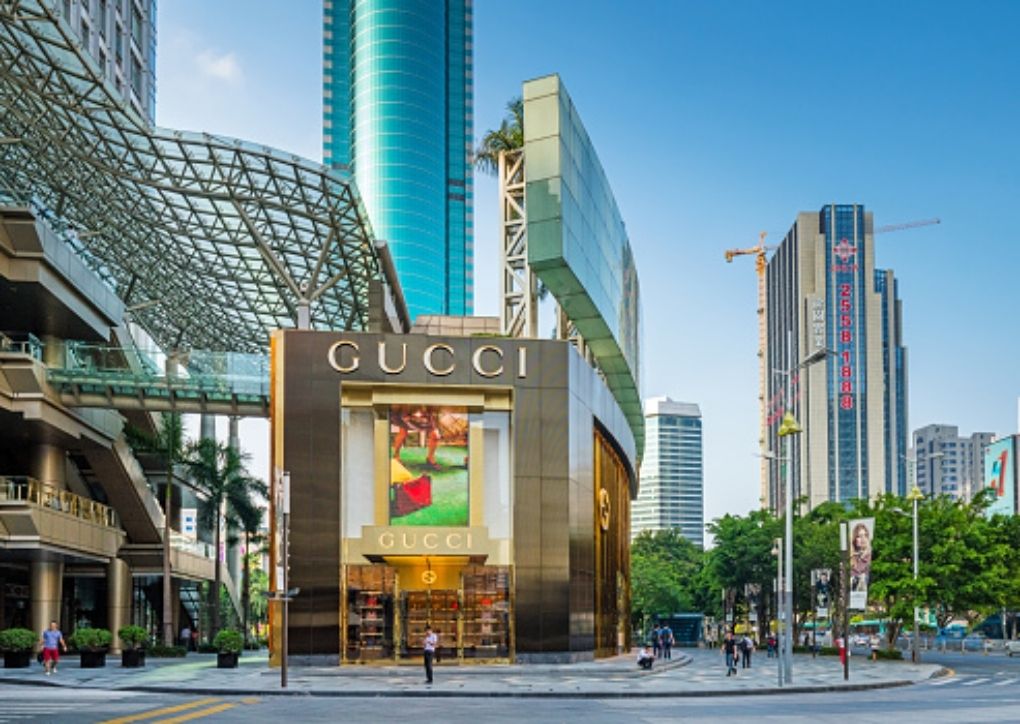
Founded in 1921 in Florence, Italie, by Guccio Gucci, Gucci is one of the world’s most successful luxury companies, with a growth in value rising from 175 billion dollars in 2009 to 335 billion dollars in 2019. Facing fierce competition in the luxury industry in China, Gucci was able to manage and renew its brand, as well as revolutionize its business model by using certification as part of its advertising and marketing strategies.
According to Statista, Gucci was the 4th most valuable luxury brand in the world, just after Louis Vuitton, Chanel, and Hermès.
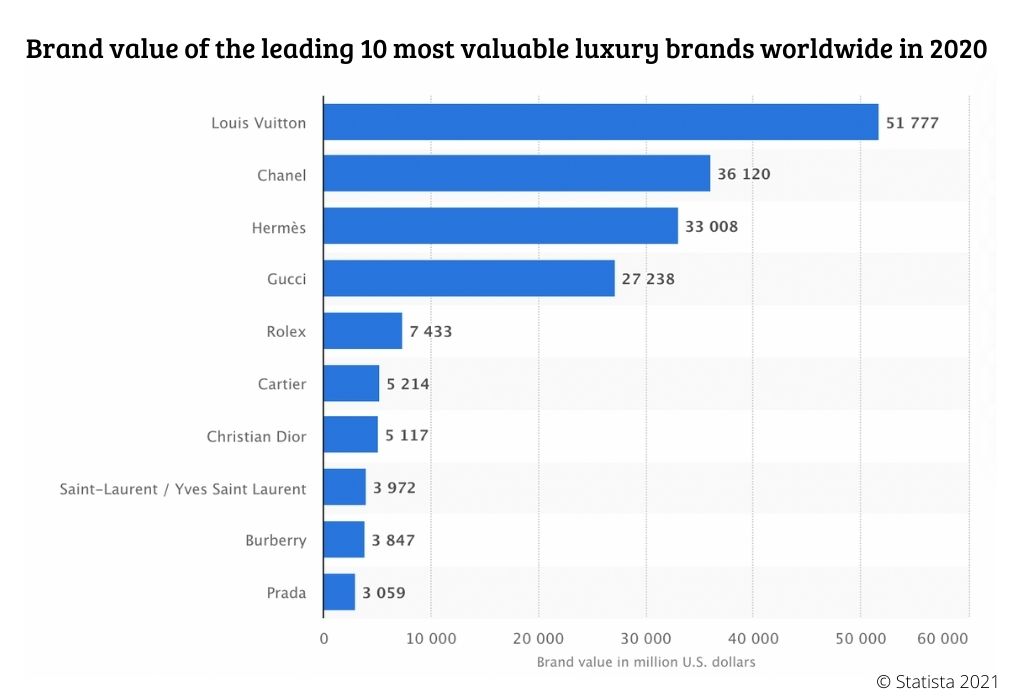
Gucci’s huge success in the past few months, despite the Covid-19 outbreak that has impacted luxury brands, is mainly related to Mainland China’s recovery, pent-up demand by millennials and Generation Z, as well as China’s digitalization with the rising use of e-commerce platforms and social media. Nevertheless, even though online sales of luxury goods are expected to cannibalize the brick-and-mortar share in the next few years, physical stores are still essential to attract and retain Chinese consumers, providing advice from experts as well as a unique consumer experience. As of 2020, Gucci had a total of 483 stores in operation around the world.

Then if we look at Gucci’s revenue share worldwide depending on the product category, as depicted in this graphic, Gucci is specialized in fashion and accessories, with its leather goods products (55% of its market share) that are the most popular, followed by shoes (18%) and ready-to-wear apparel (14%).
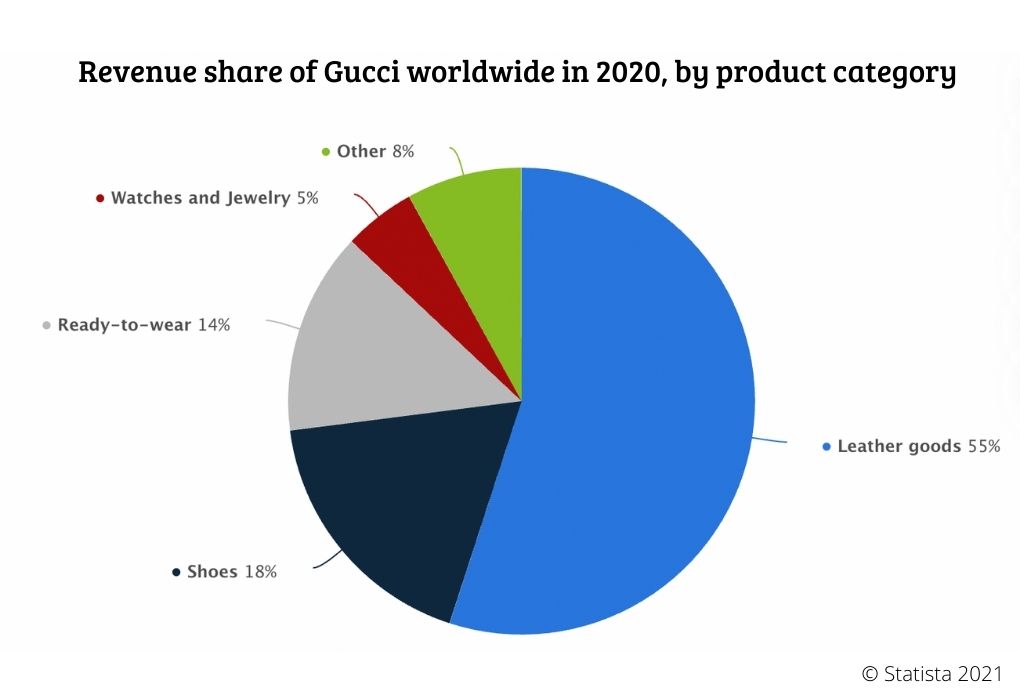
Why are luxury brands this successful in China?
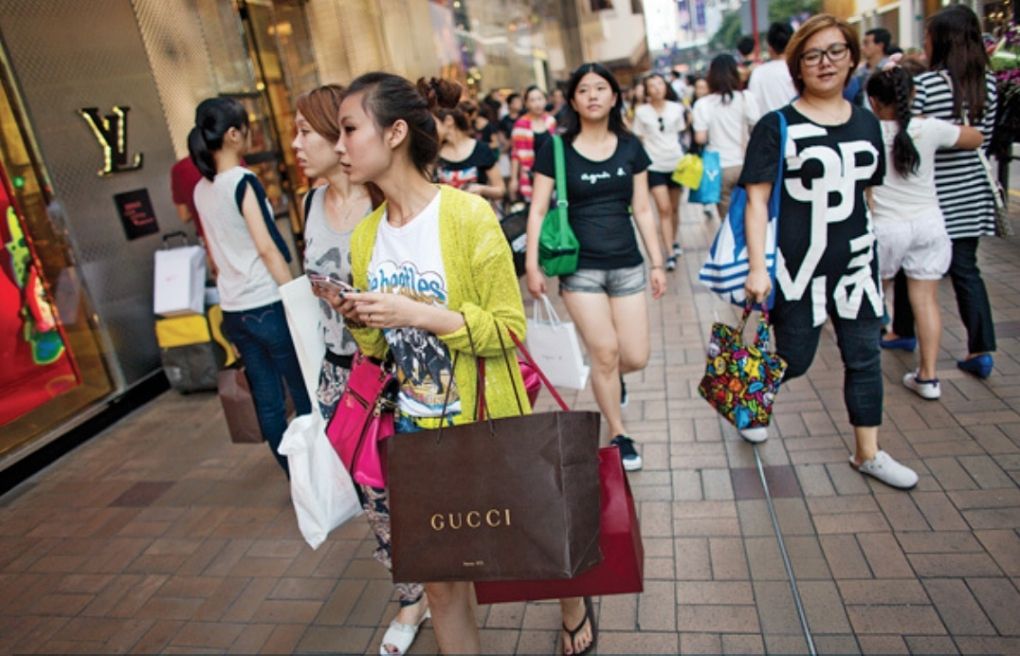
It is important to take into account that Chinese society has changed a lot in the last decade and that Chinese millennials are the main drivers of the luxury market. In comparison, with around 400 million millennials, China has five times more millennials than the U.S, making up around 68% of the country’s consumption growth by the end of 2021.
Tourism is also another key driver for the luxury market, as Chinese consumers are ready to spend thousands of dollars in luxury commercial centers overseas, such as Galeries Lafayette in Paris. Even though luxury goods were attracting women at first, luxury brands were able to seduce the male audience as well, contributing to the growth of China’s luxury market.
Gucci and its ‘Guccification’
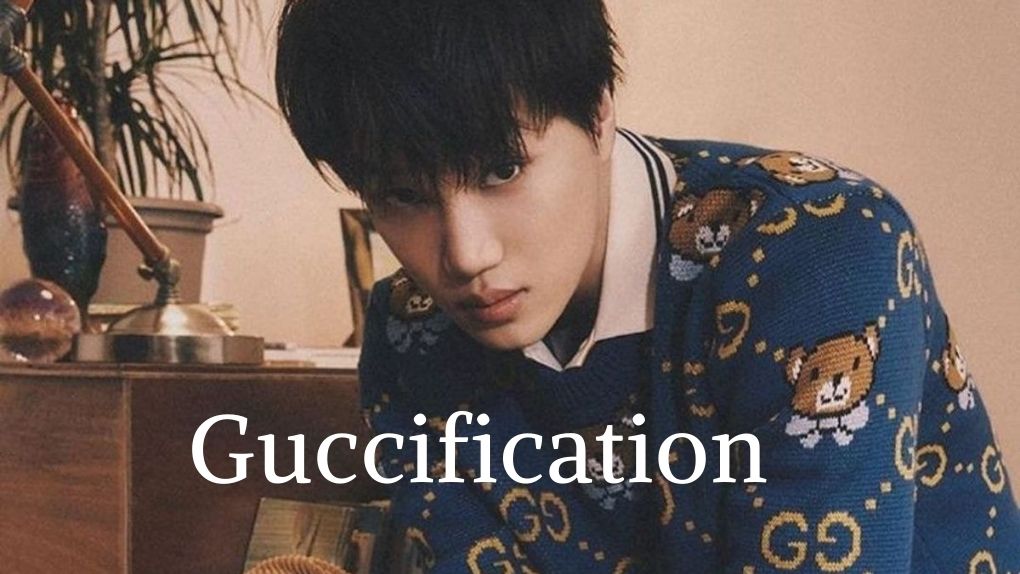
Following its resounding success all over the world, the term ‘Guccification‘ was even invented and used by the company itself in order to describe all clothes and accessories expressing a Gucci style. Nowadays, this term is not only limited to this but is representing instead a successful marriage between art, fashion, luxury, and esthetic, all working in perfect symbiosis.
Gucci and Arts: A Perfect Symbiosis
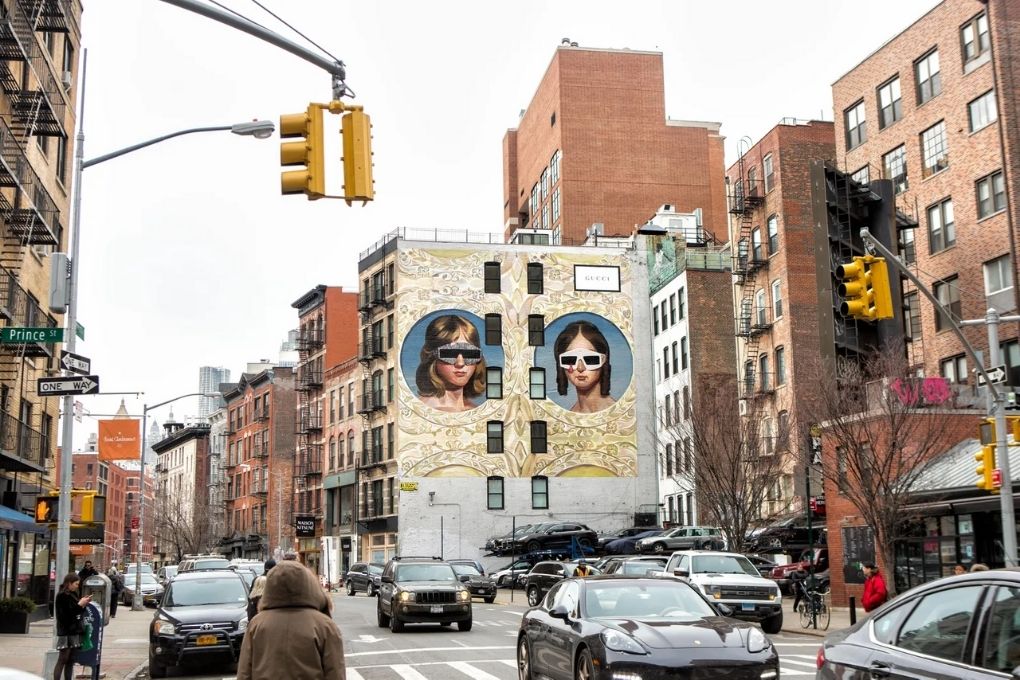
Over the years, Gucci has evolved into an art-oriented company thanks to the revolutionary vision of its leaders, CEO Marco Bizarri, and its creative director Alessandro Michele, who is also the man behind the Exhibition we’ll be talking about in this article. When looking back at Gucci’s debut in the market, we can see that it has been able to shift from a simple and quite common fashion company into a cultural and remarkable iconic brand, reaching and seducing Chinese consumers as well.

Gucci was able to embrace the opportunity to work with creators using art to promote its brand and attract people’s attention. For example, Gucci is known for its giant ‘art walls’ directly displayed on buildings. These arts are peppered with references to Bosch or van Eyck and seem to belong to a different era. We can say that by collaborating with artists, Gucci is pursuing its pious wish to elevate fashion to the same level of art.
Gucci’s Exhibition
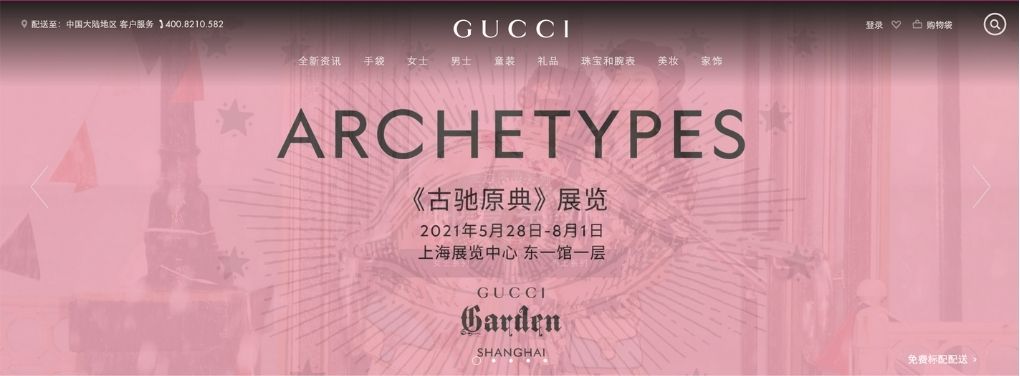
Following its worldwide success both in terms of luxury goods as well as artistic creations, Gucci recently launched its ‘Gucci Archetypes Exhibition‘ to celebrate its 100th anniversary. This exhibition is a mesmerizing dreamland set curated by Alessandro Michele, an Italian fashion designer that has been working with Gucci for a couple of years now.
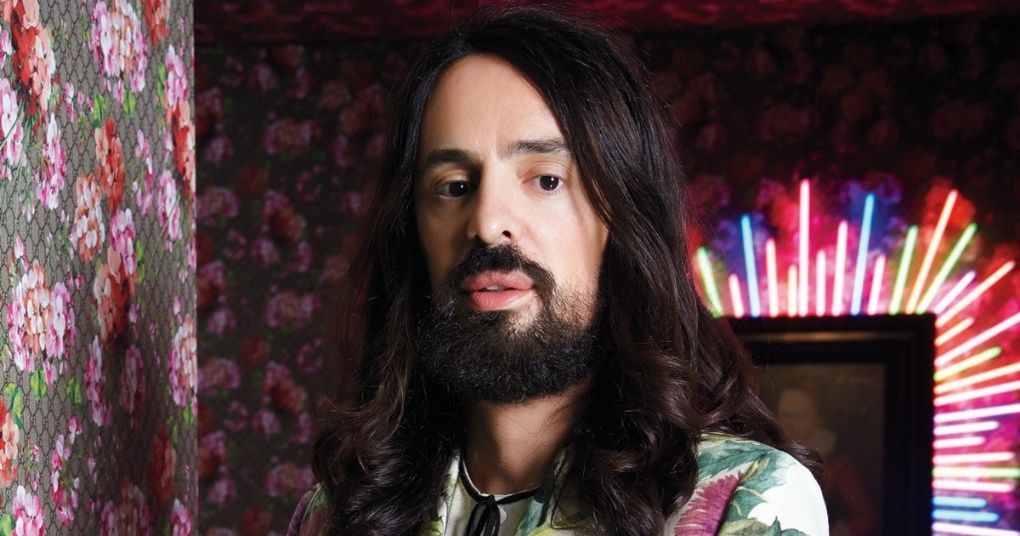
This art exhibition offers an immersive multimedia experience using multimedia channels and tools, allowing spectators to discover, explore, and experience Gucci’s environment through its creative vision of design and fashion. Gucci’s Archetype was first introduced in Florence, Italy, and then begins its global tour in Shanghai.

The exhibition’s name refers to the original form from which all copies are made, and that creator can never reproduce them as every piece of art is unique.
“I thought it was interesting to accompany people in these first six years of adventure, inviting them to cross the imaginary, the narrative, the unexpected, the glitter. So I created a playground of emotions that are the same as in the campaigns, because they are the most explicit journey into my imagery”.
Alessandro Michele, Gucci’s Creative Director
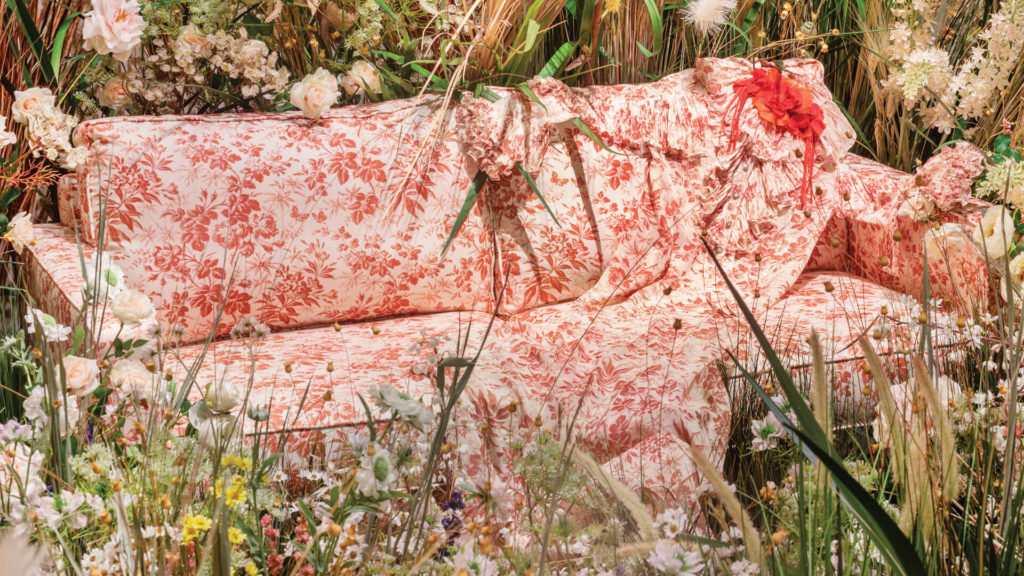
When we look at this specific exhibition, it is clear that Gucci’s commitment to artification is a perfect mix reuniting three different perspectives: artistic fashion, an artistic business vision, as well as a culture of purpose. Thanks to all of these subtle ingredients, Gucci has been able to redefine luxury, bringing art and fashion altogether and creating a new and innovative movement.

The exhibition is made of different spaces in which visitors can look at multi-screen creations, such as Gucci’s Beauty’s ‘Bold, Bright, and Beautiful’ lipstick campaign – featuring the punk singer Dani Miller.
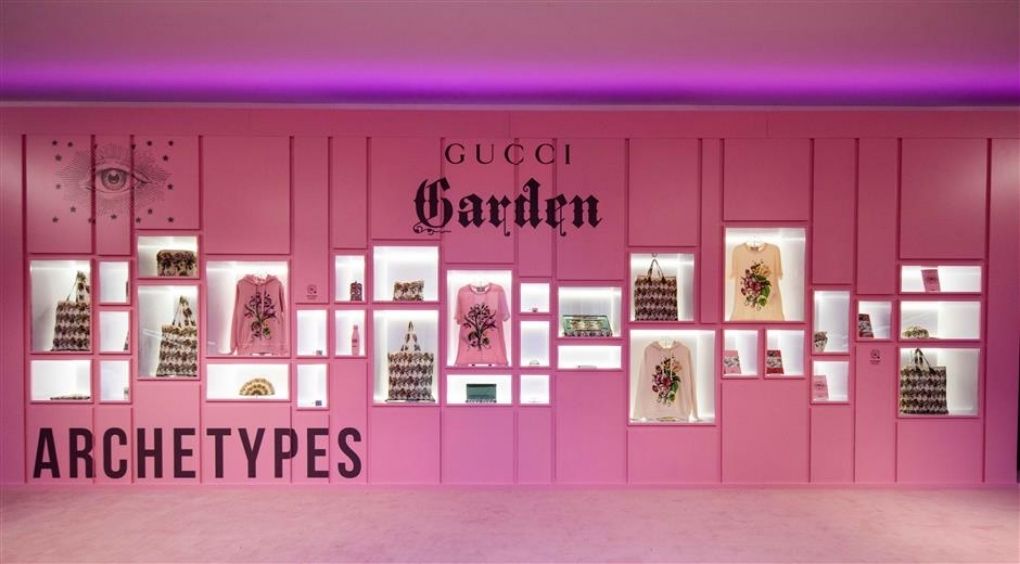
Gucci uses every kind of artistic instrument, such as music, and painting, but also some specificities about the pop-culture sphere, inviting visitors to enter Gucci’s themed spaces using enhanced cutting-edge technologies, elaborate handcrafting, and innovative interior designs.

Moreover, the exhibition has been commemorated by Chinese celebrities, such as Chinese singer Luhan and pianist Gina Alice. In fact, Gucci is also known for its various collaborations with Chinese celebrities, and that’s why it might influence as well Chinese consumers.
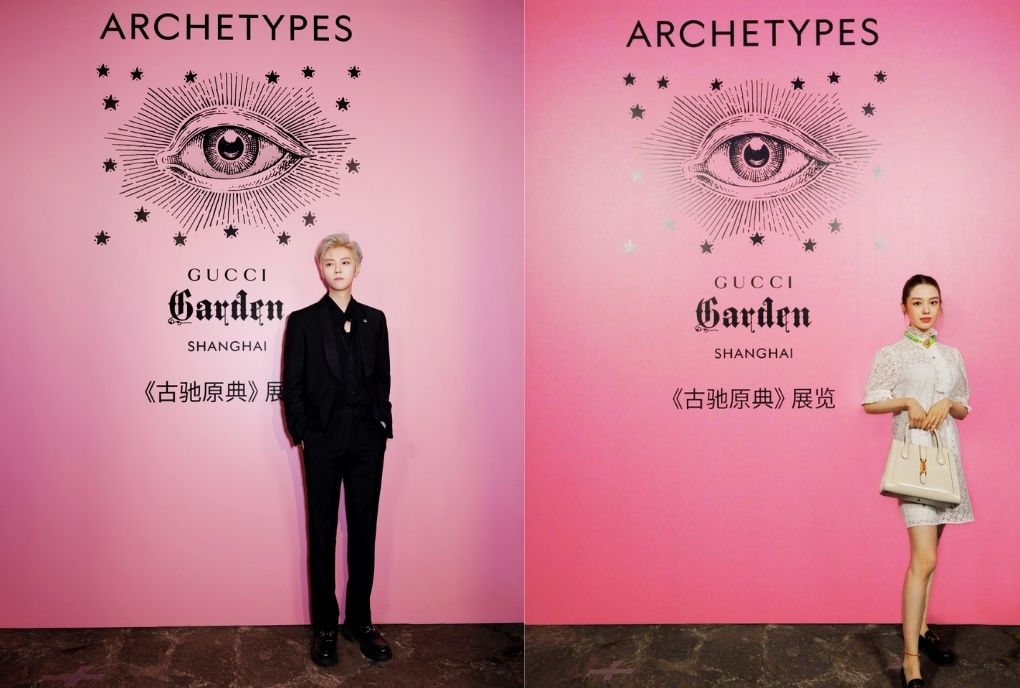
If you want to attend this exhibition, here is some information:
Date: May 28th to August 1st, 2021 – 10 am-8 pm (10 am-5 pm on Wednesdays)
Venue: Shanghai Exhibition Center
Address: 1000 Yan’an Rd M.
Why should Luxury Brands have fun with Art Exhibitions?
As demonstrated by this presentation of Gucci’s Archetypes exhibition in Shanghai, luxury brands using art as part of their brand story-telling is highly engaging for Chinese visitors. In fact, when luxury meets, art, creates a whole new sphere reuniting people from different horizons and bringing them altogether even though they are far apart.
With its global tour, Gucci targets its audience from the four corners of the world, and this is probably the best way to catch millennials’ and Gen Z’s attention as well. Even though exhibitions are made to bring a unique experience in real life, people are then able to share their thoughts and pictures online, this contributing to word-of-mouth, a key factor extremely powerful in the world’s most populous country.
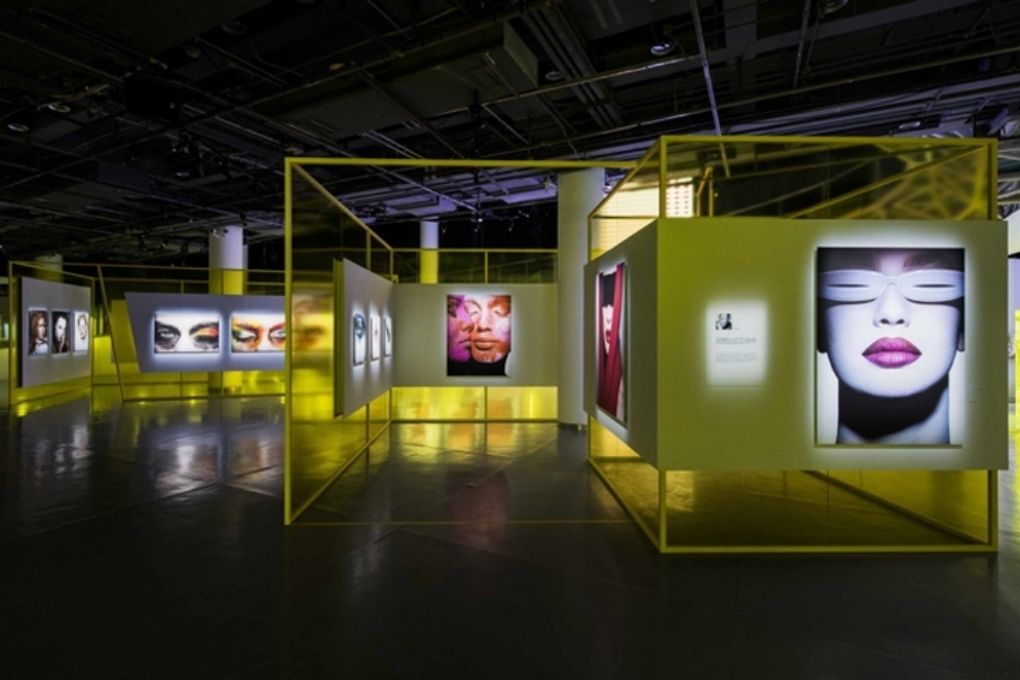
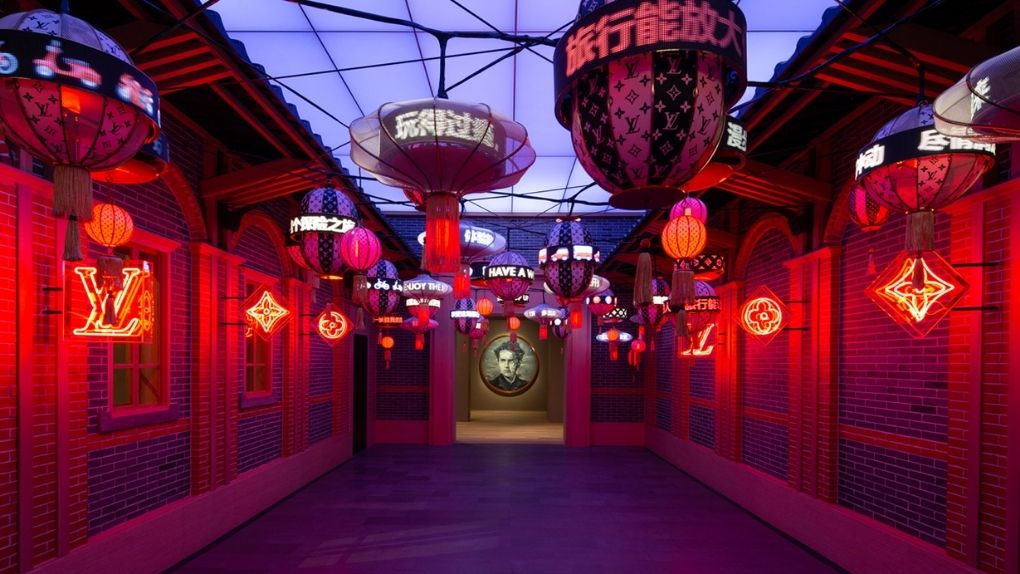
To put it in a nutshell, Gucci is not the only brand that wants to seize the opportunity of mixing art and luxury, as other brands such as Dior and Louis Vuitton were also able to create and organize similar exhibits. Thus, before doing so, don’t forget that Chinese visitors like to see creative and innovative exhibitions about a brand, so try to use story-telling as well during your journey in China.
Contact us if you want to organize and promote your exhibit in China
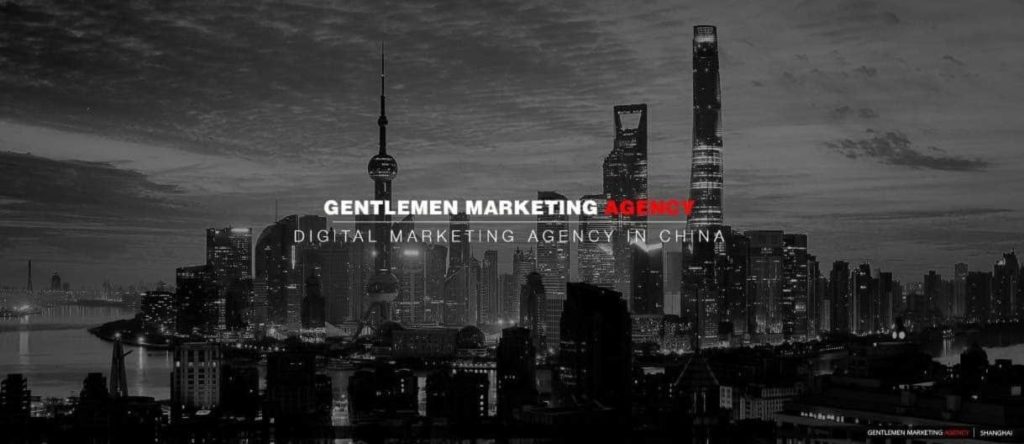
Collaborating with an agency specialized in the Chinese market is the best way to achieve your goal and increase your visibility. As all companies are different, the marketing and advertising strategy must be tailored according to their needs and within their financial means.
Proud of the success of the companies we have helped over the years by finding the right strategies and channels, we know exactly the needs of each company and the strategies that must be tailored to them in order to get the best of the Chinese market. If you have any other questions about art exhibitions or about doing business in China, don’t hesitate to contact us directly, and we will reply to you within 24 hours.

